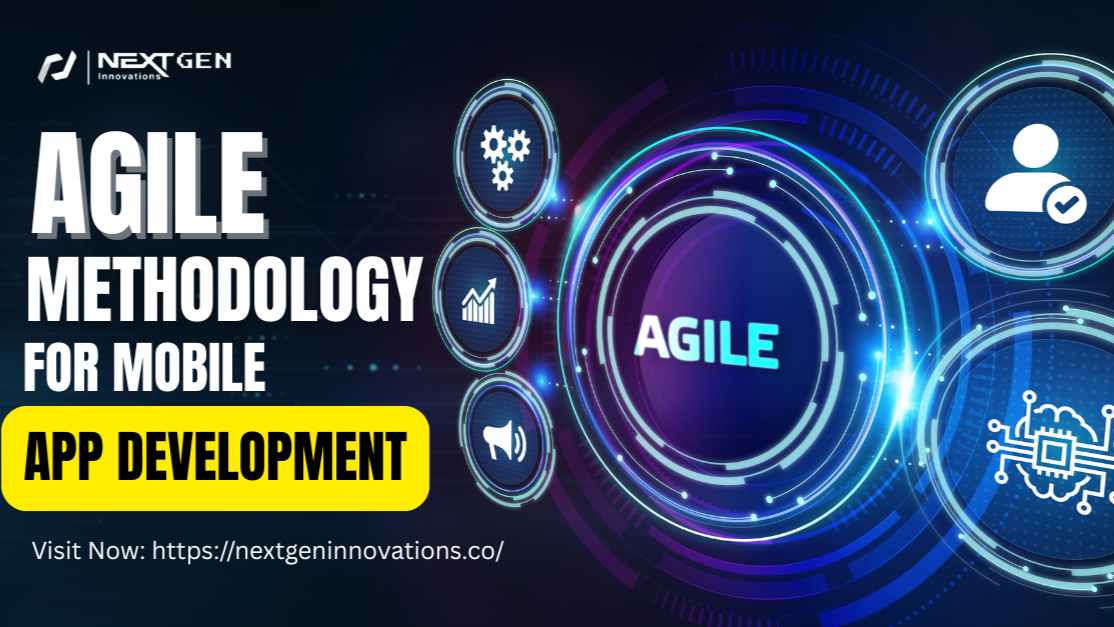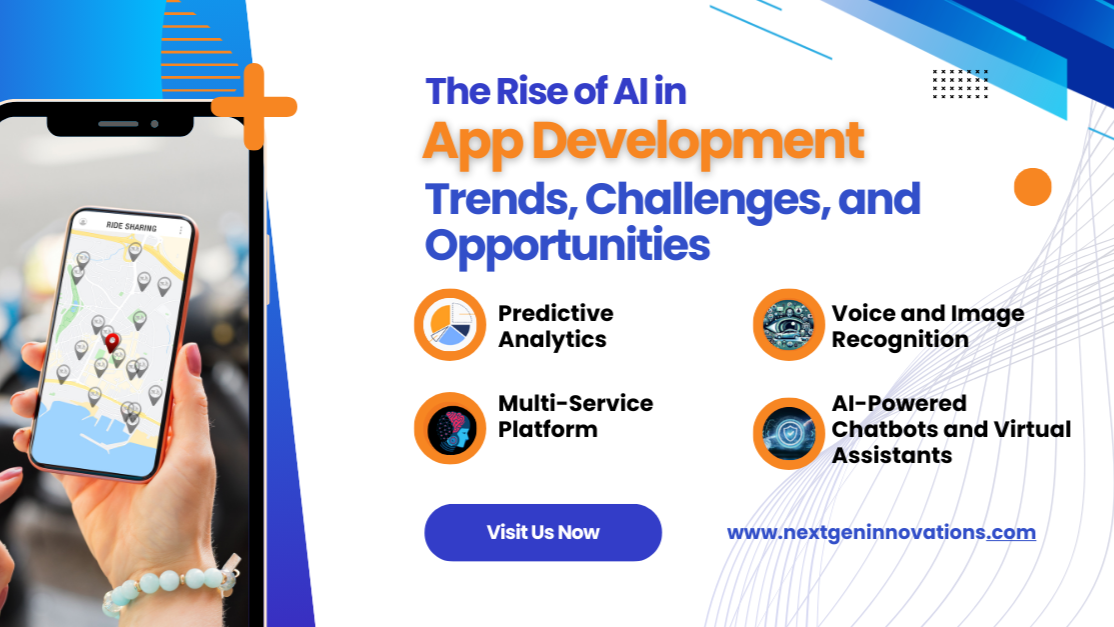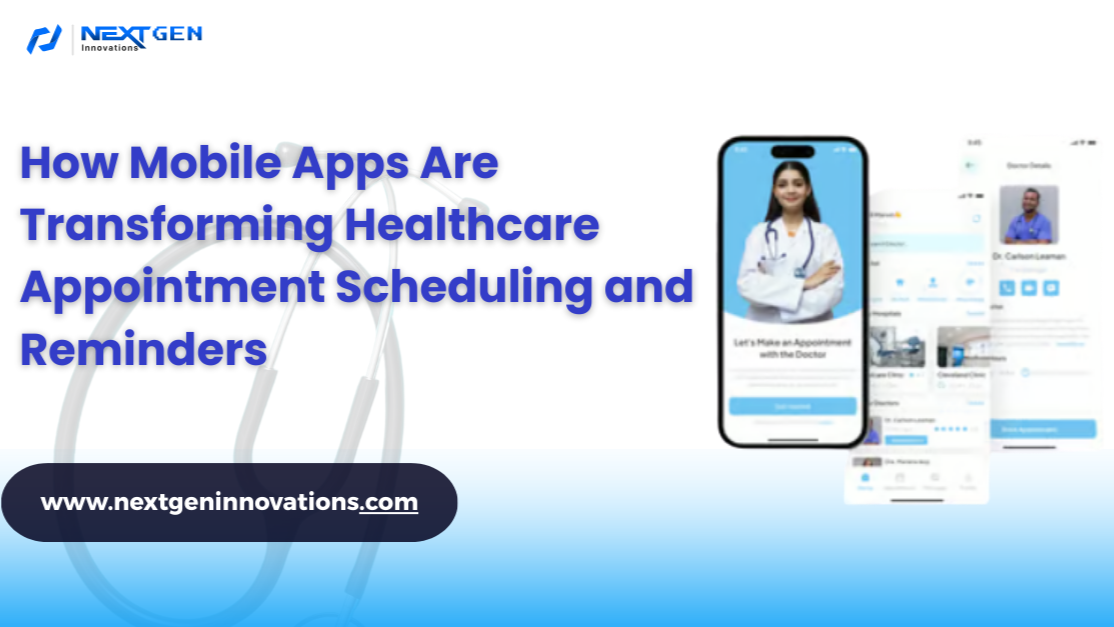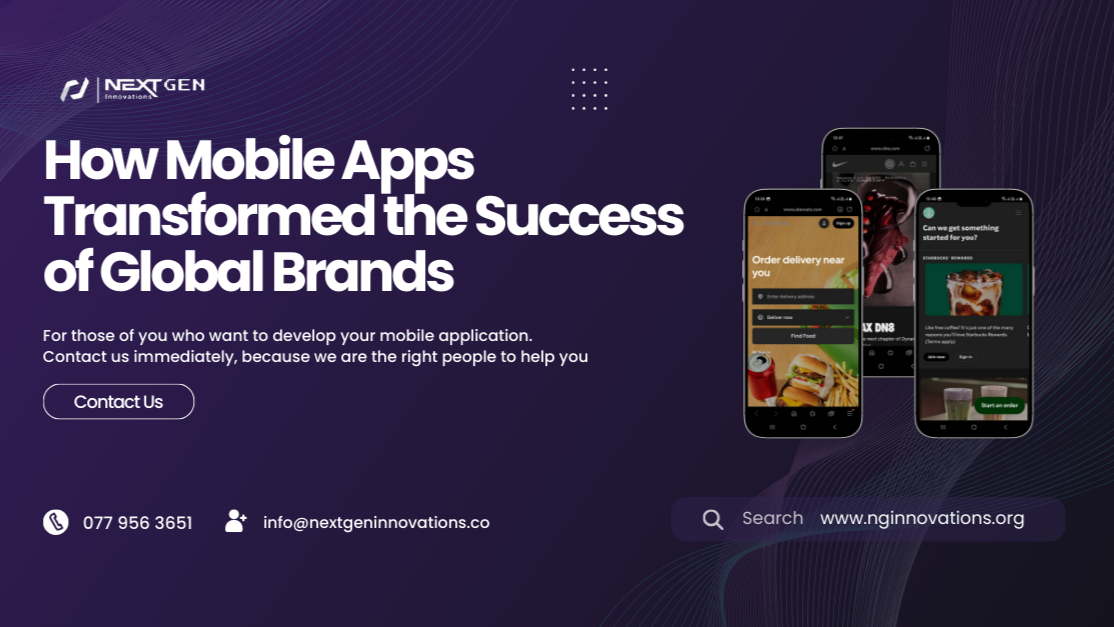Mobile App Development
Agile for Mobile Apps: Why It Works So Well
2 min Read

In today’s fast-paced digital world, mobile applications are evolving rapidly. Businesses require flexible, efficient, and user-focused development processes to meet ever-changing user needs and market trends. That’s where the Agile model within the Software Development Life Cycle (SDLC) shines. Let’s explore in depth why Agile is the preferred approach for mobile app development.
What is the Agile Model?
Agile is an iterative and incremental software development methodology that prioritizes flexibility, collaboration, continuous feedback, and rapid delivery. Unlike traditional models like the Waterfall model, Agile supports adaptive planning and quick responses to changes, making it a natural fit for mobile app projects where requirements often evolve.
Agile SDLC Phases in Mobile App Development
- Requirement Gathering & Backlog Creation
The development process begins with collecting business needs and converting them into user stories. These user stories form the product backlog, which is prioritized for development in upcoming sprints.
- Sprint Planning
In this phase, the team selects a subset of high-priority user stories from the backlog to work on during a sprint (typically 1 to 3 weeks). Each sprint has clear objectives and timelines.
- UI/UX Design and Wireframing
Designers create user interfaces and wireframes to visualize the flow and look of the app. This phase is highly collaborative and ensures the app is user-friendly and platform-compatible.
- Development (Sprint Execution)
Cross-functional teams (frontend, backend, API developers, etc.) work on building features assigned in the sprint. Code is developed incrementally with frequent integration and version control.
- Continuous Testing
QA engineers conduct ongoing tests like unit testing, UI testing, and device compatibility testing. Bugs are detected and fixed within the same sprint, ensuring higher code quality.
- Sprint Review & Client Feedback
At the end of each sprint, the development team demonstrates the completed features to the stakeholders. Feedback is gathered and documented to improve upcoming sprints.
- Deployment & Release
After several sprints, a stable version of the app (often an MVP) is deployed to app stores. Updates and improvements follow based on further user feedback.
- Post-Release Support & Maintenance
Agile doesn’t end at launch. Regular updates are planned, bugs are resolved, and new features are continuously added based on analytics and user behaviour.
Core Agile Values (Agile Manifesto)
- Individuals and interactions over processes and tools
- Working software over comprehensive documentation
- Customer collaboration over contract negotiation
- Responding to change over following a plan
Benefits of Using Agile for Mobile Apps
✅ Faster Time-to-Market through MVP releases
✅ High user satisfaction via iterative feedback loops
✅ Better collaboration and transparency among teams
✅ Easier integration of new technologies and tools
✅ Continuous testing ensures robust app performance
Real-World Example
Imagine a ride-sharing app similar to Uber or PickMe. Market demands and user behavior often shift, requiring frequent updates like fare calculators, route optimizations, and wallet features. Agile makes it possible to address these changes swiftly without disrupting the entire system.
Conclusion
In a world where user expectations change overnight, the Agile model is a proven, practical, and powerful approach to mobile app development. It ensures timely delivery, high quality, and the ability to pivot quickly in response to market trends. For any business looking to develop a successful mobile app, Agile is not just a methodology-it’s a mindset for innovation.
More Insights

AI & Mobile Development
The Rise of AI in App Development
Discover how AI is transforming mobile app development with chatbots, personalization, predictive analytics, and enhanced security.

HealthTech & Mobile Solutions
How Mobile Apps Improve Healthcare Scheduling
Mobile apps are transforming healthcare by simplifying appointment bookings and reducing no-shows.

Digital Innovation & Mobile Trends
How Mobile Apps Transformed the Success of Global Brands
Discover how Nike, Starbucks, and Uber use mobile apps to boost sales, improve customer experience, and build loyalty.
